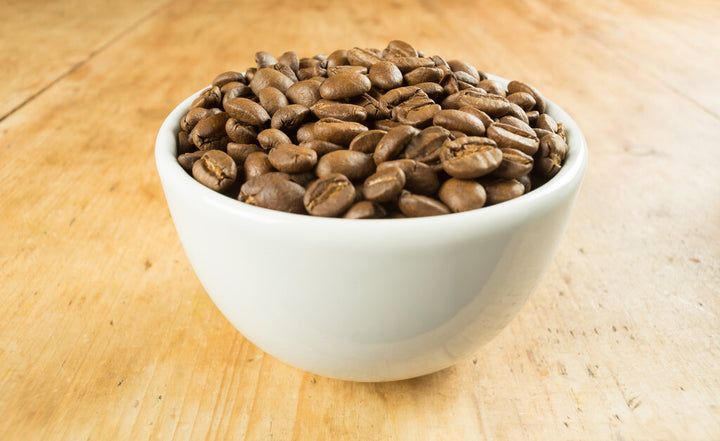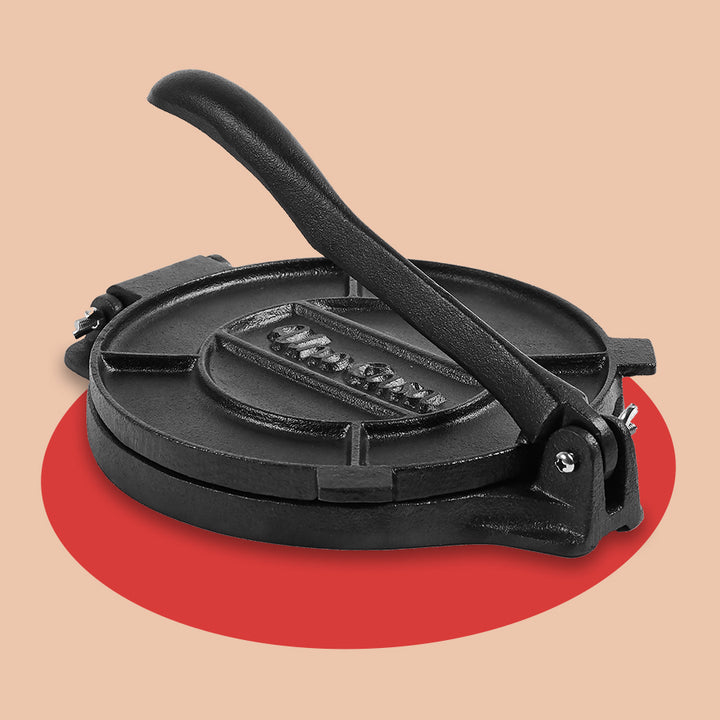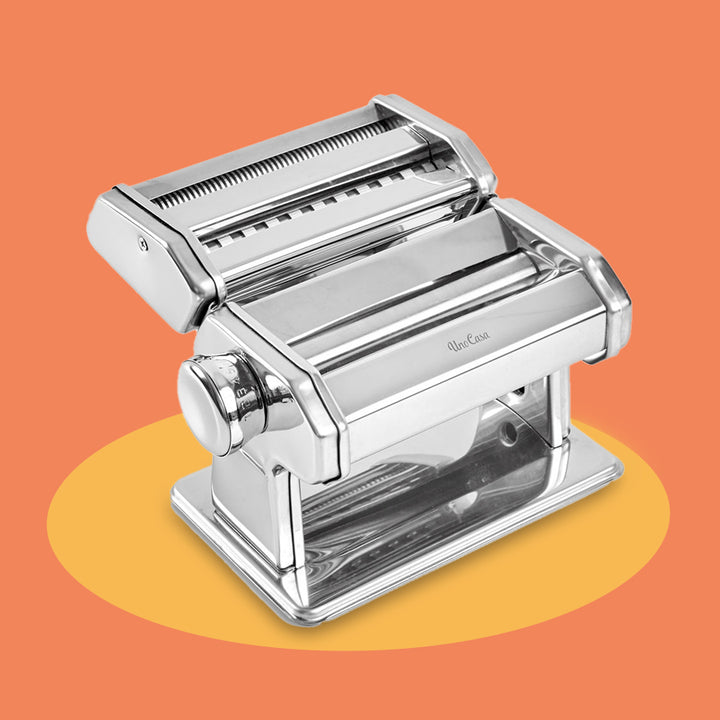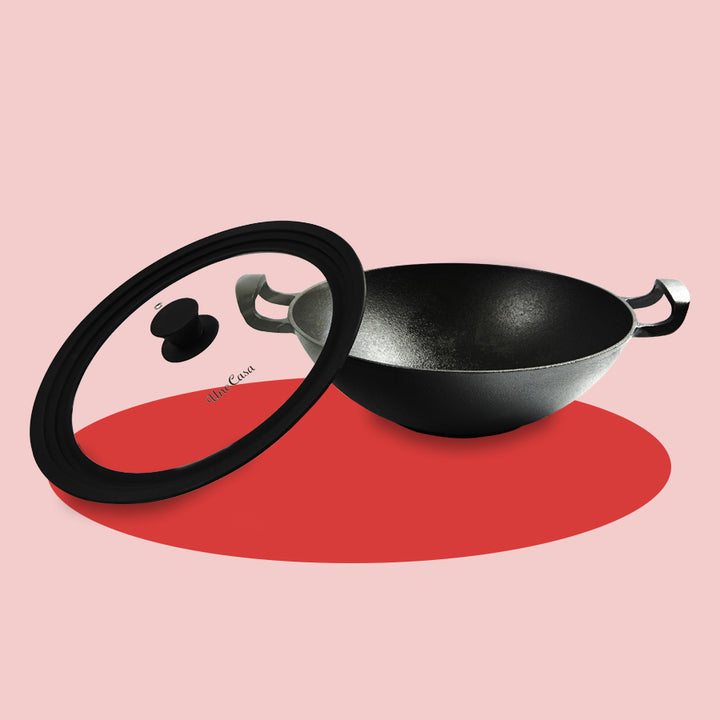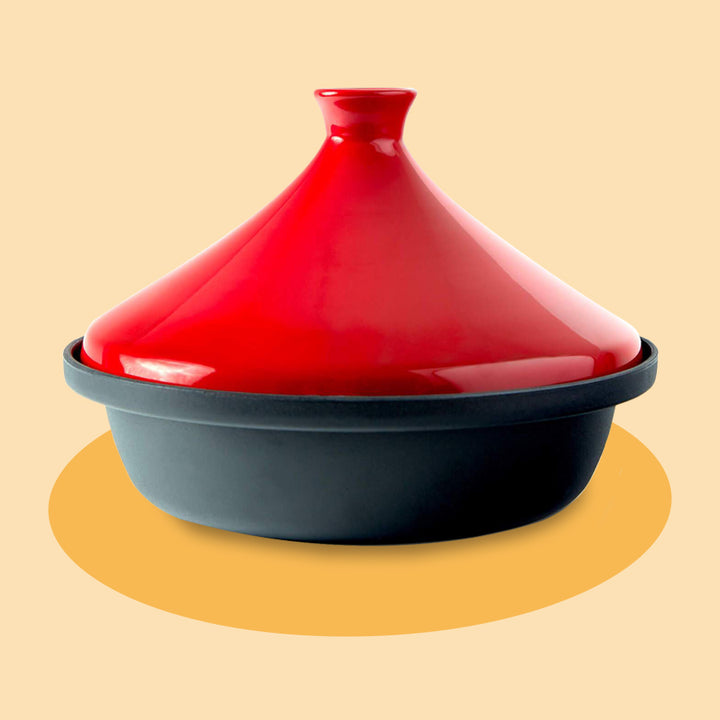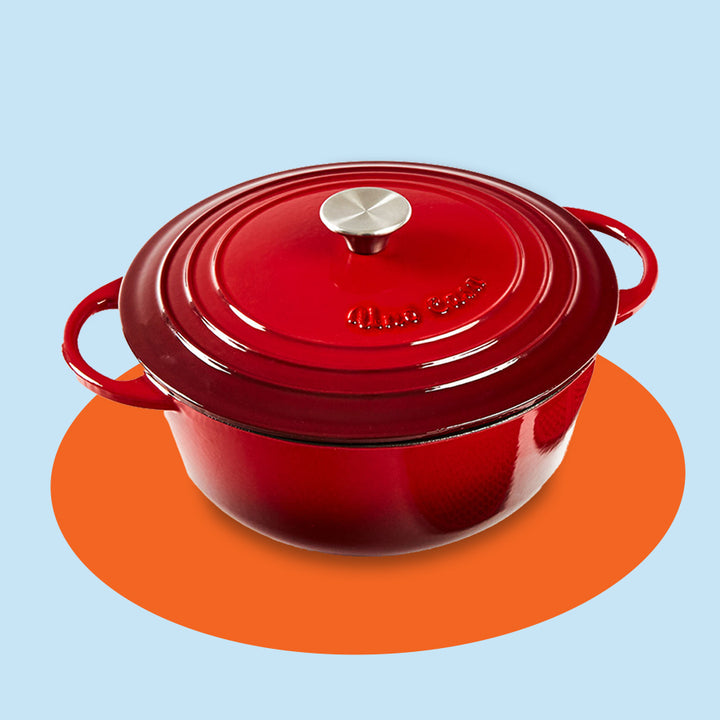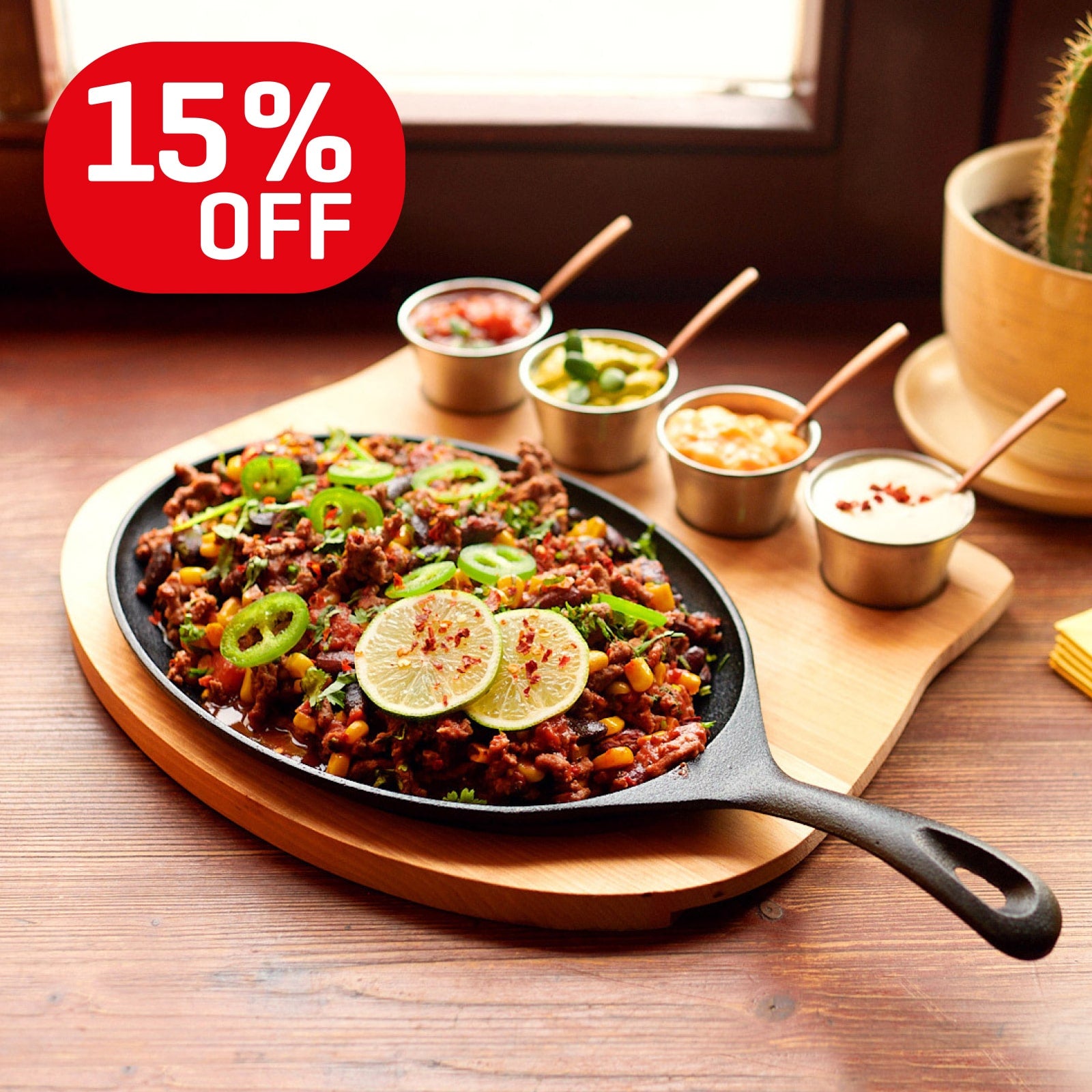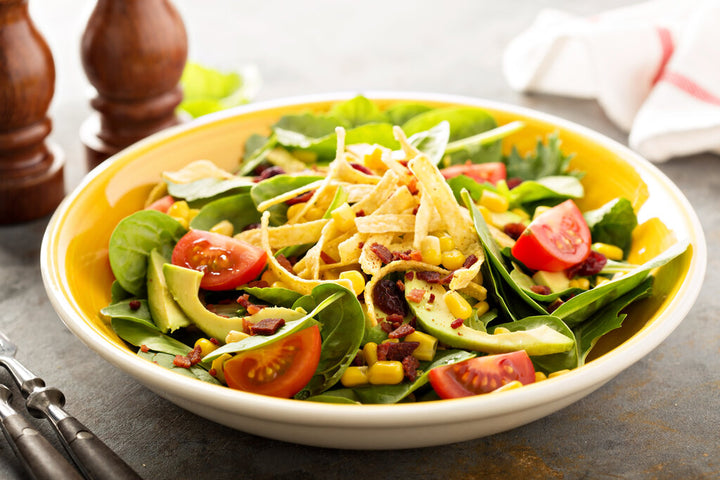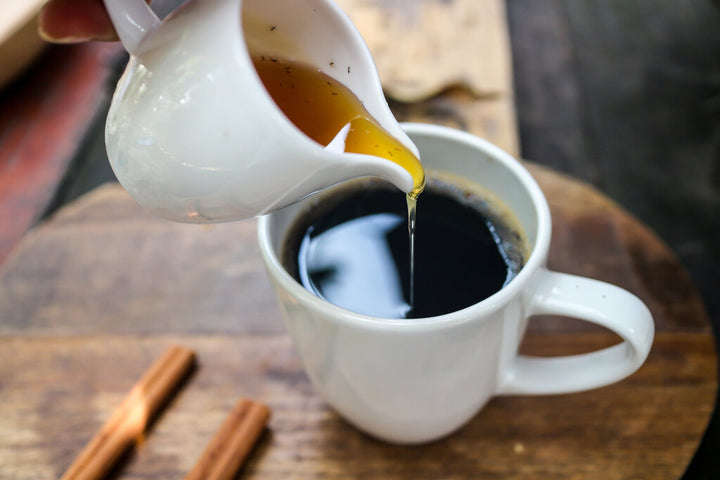Coffee Filter Sizes: Finding The Right Filter

One of the best ways to make coffee is using a pour-over method. It's the simple coffee making method that requires a gooseneck kettle, a filter, and a cup to pour it into.
You may see the number labels on those coffee filter bags at the grocery store, but what do they mean? Follow our complete guide to find yourself the correct coffee filter that fits your brewer like a glove.
Filter basics: How do coffee filters work?
A perfect cup of pour-over coffee usually starts with water pouring into a pour-over coffee maker. While having a perfect coffee-making gear might seem enough, coffee filters make all the difference between getting a mouthful of grounds or a smooth cup. After the hot water dissolves the coffee bean's compounds, the filter separates the liquid from the grounds, trapping particles and coffee oils.
Filters are most often thin paper, but you can find them in all sorts of reusable materials like cloth and metal, too.
Filter materials: Paper, metal, or cloth?
Paper coffee filters
Paper filters are the most widely available types of coffee filters available. They're inexpensive, absorbent, and tightly woven to keep everything but micro-particles out of your mug. Without the bitter particles to balance the taste, filtered coffee tends to taste a little more acidic - not necessarily a bad thing unless you dislike the taste.
You can find all sorts of paper coffee filter sizes and shapes, with a few color options - bleached white, bamboo, or unbleached natural brown. All three will yield you the same incredible cup of coffee, but unbleached and bamboo choices are more eco-friendly options.
If you're using a pour-over coffee filter, simply place the filter inside the coffee cone, then wet the cone with hot water over the sink. Place the cone on a mug, measure your coffee inside, and pour boiled water over the ground coffee.
For an automatic drip coffee maker, fill the water tank with water, add a filter into the machine's coffee filter basket, and fill coffee according to its directions. Turn on the coffee maker, and you're good to go!
Metal coffee filters
Metal coffee filters are a more permanent replacement for paper filters that create less waste than traditional options. Though paper filters are usually biodegradable, they still take time to break down.
The metal mesh of this conical coffee filter has bigger holes than a paper filter, so more of the coffee bean's natural oils and particles come through into the mug without letting through any of the coffee grounds themselves. That's why choosing your coffee filter micron size is crucial to making the cup that tastes best for you.
As you'd imagine, mesh filtered coffee tastes a little different - it's richer, fuller, sweeter, and less acidic.
Cleaning metal coffee filters is a bit more challenging of a job than paper, which you toss away when you're done, but the process is still reasonably straightforward. To clean, lift your filter off your mug, toss the grounds into the trash or compost, and wash the filter with dish soap and water. Every month or so, soak your permanent coffee filter overnight in white vinegar and water.
Cloth coffee filters
Cloth is usually the least common material used for filters, though they seem to be gaining steam in the coffee brewing world as of late. They manage to do a fantastic job filtering your brew while allowing the rich coffee oils to come through into your mug.
The upkeep makes cloth a little less popular, as it's considerably more than with paper or metal filters. A cloth filter needs to wash between brews without drying out or staying too moist. A cloth filter isn't permanent either - most cloth options last roughly 30 brews before the ground build-up begins to change the coffee's flavor.
Filter shapes: Finding the right fit
Not every coffee maker fits every filter shape - cone, basket, and disk are all used to fit different brewers just right.
Cone coffee filters
There are conical filters made to perfectly fit pour-over makers, though many don't have a standard coffee filter size. The opening of the filter is wide and narrows toward the base. When looking at cone coffee filter numbers, #1 coffee filters usually fit one-cup makers, while #6 coffee filters pair with 10-cup makers.
Basket coffee filters
Basket filters fit almost every model of the automatic coffee maker, making finding the correct basket coffee filter sizes easy. A basket filter is wide at the top, with a flat bottom much less narrow than a cone filter.
Cone vs. basket: Do they taste different?
Even though a cone and basket filter seem so similar, they do make your brews taste different. Though coffee researchers aren't exactly sure why this happens, the distinct shape would undoubtedly affect the water flow, affecting molecule and flavor transfer to your coffee.
Disk coffee filters
The disk filter is almost exclusively used in the uber-popular Aeropress brewer, though we may occasionally use them to replace a French press filter. These disk filters are pretty small and flat, meaning they will not work in place of a cone or basket filter.
Filter sizes: A simple number system
Once you find the right filter shape for your coffee brewer, you need to find the right size filter - luckily, there's a universal numbering system to make buying the right filter easy.
Universal filter sizes
- No. 1: single-serve pour-over
- No. 2 or 1x2: 4-6 cup automatic brewer
- No. 4 or 1x4: 8-12 cup automatic brewer
- No. 6: 10 cup automatic brewer or large pour-over cone
- Junior Basket: Small flat-bottom brewers
- Basket: All standard-sized flat-bottom brewers
The most commonly used coffee filters are the #2 and #4.
#2 vs. #4 Coffee filters
Other than basket filters, most other coffee makers use a #2 or #4 filter; these two filters look almost identical, but there is a significant size difference between them.
#2 coffee filters fit a 4-6 cup brewer, while the #4 fits an 8-12 cup perfectly.
Coffee filter substitutes: What to do without one
Did you run out of filters without even realizing it? Don't fret; use one of these creative solutions to get you through until you make it back to the grocery store.
Paper towel coffee filter
Simply fold a dry paper towel a few times over and use it to line your coffee brewer. Make sure you make the liner tall enough that coffee grounds won't slide around it.
Toilet paper coffee filter
Much like a paper towel, toilet paper can work in a pinch too. Fold and shape to fit the coffee maker, but beware as you dump your grounds - toilet paper gets very fragile when wet and is prone to ripping.
Cloth or rag coffee filter
Much like a cloth filter, you can fashion one yourself at home using old rags or scraps of cloth, muslin, or cheesecloth folded over. Be sure to use something that has a tight enough weave that your coffee grounds won't fall through, and pick a cloth you don't mind staining with brown coffee water.
Sock coffee filter
Another spare piece of fabric that everyone has kicking around? Socks! They're environmentally friendly and easy to find; be sure to use a clean one for an easy reusable coffee filter.
Coffee filter FAQ + tips
Can you use #2 and #4 filters interchangeably?
It's easy to adjust a #4 filter to fit a #2 brewer - trim to top off with a pair of scissors.
It can be a little tougher to swap a #2 in place of a #4, but it's possible. The #2 filter is small, so care needs to be taken to pour the water a little slower without filling the brewer up completely. Otherwise, you'll get coffee ground overflow.
Are coffee filters different thicknesses?
No, most paper filters vary in size but are close to the same thickness.
Are brown coffee filters better than white?
Neither brown nor white filters are better for your coffee's taste or quality. Brown filters are more eco-friendly as they're unbleached filters, but both options are biodegradable.
What will affect your coffee's taste is the filter shape and quality of materials used, though these differences are barely noticeable for your average coffee drinker.
How many microns is a coffee filter?
Most paper filters are 20 microns, though there isn't a specific standard used, so this may vary slightly. Metal and cloth filters tend to have larger holes in them, allowing more particles through them.
Do coffee filters expire?
Coffee filters don't expire. As long as they're kept in a clean, dry place away from moisture, they'll last for years in your cupboard.
Can you reuse paper coffee filters?
Paper filters aren't designed to be reusable, but you can get a few uses out of them if you clean, wash, and dry them immediately after use. It's much easier to invest in a cloth or metal filter if you're looking for reusable options.
Can you compost a coffee filter?
You can compost paper filters only, along with the coffee grounds.
Final notes on coffee filter options
We hope this filter guide has helped clear up any coffee confusion for you. While you have some options and wiggle room when it comes to filtering materials, you'll want to ensure you're getting the right filter shape and size to fit your coffee brewer to avoid any unwanted messes!
Leave a comment
Comments will be approved before showing up.
Also in Tips
